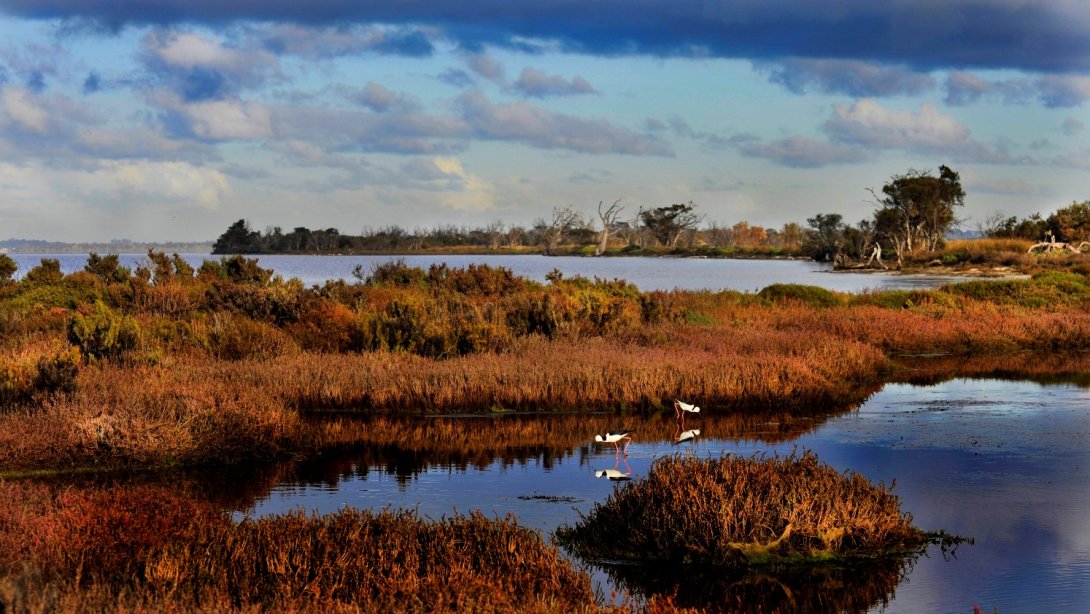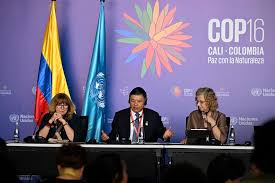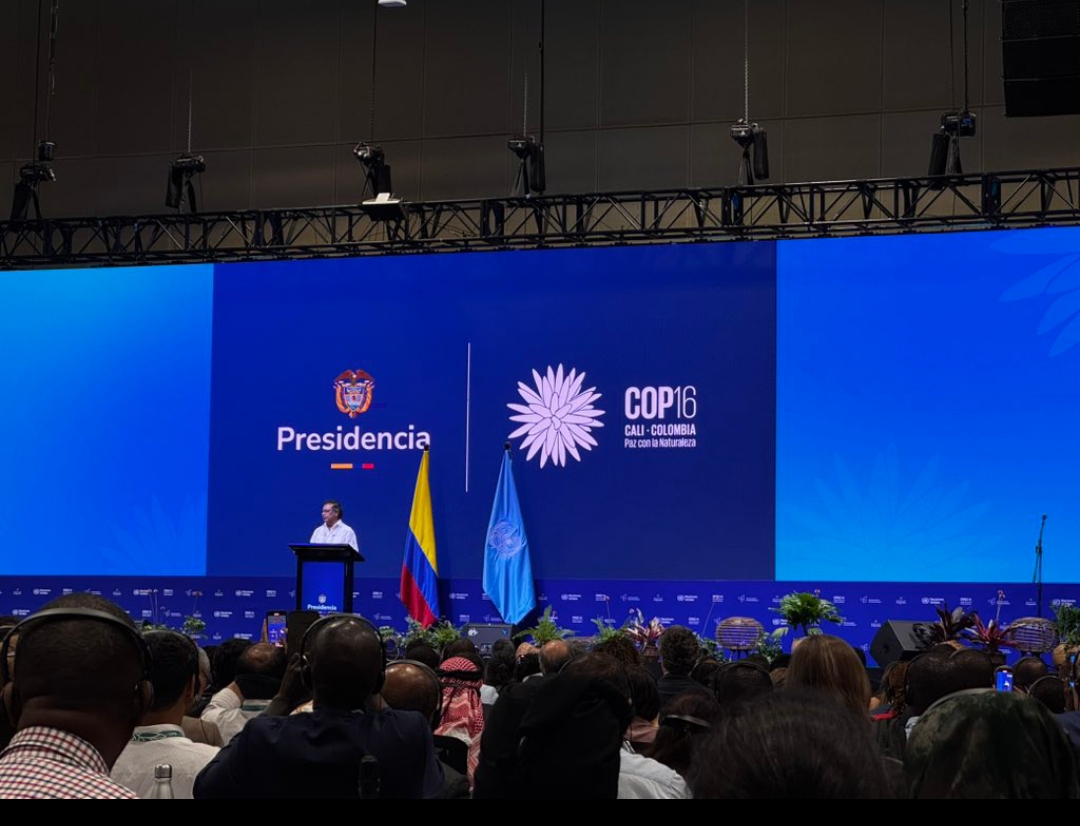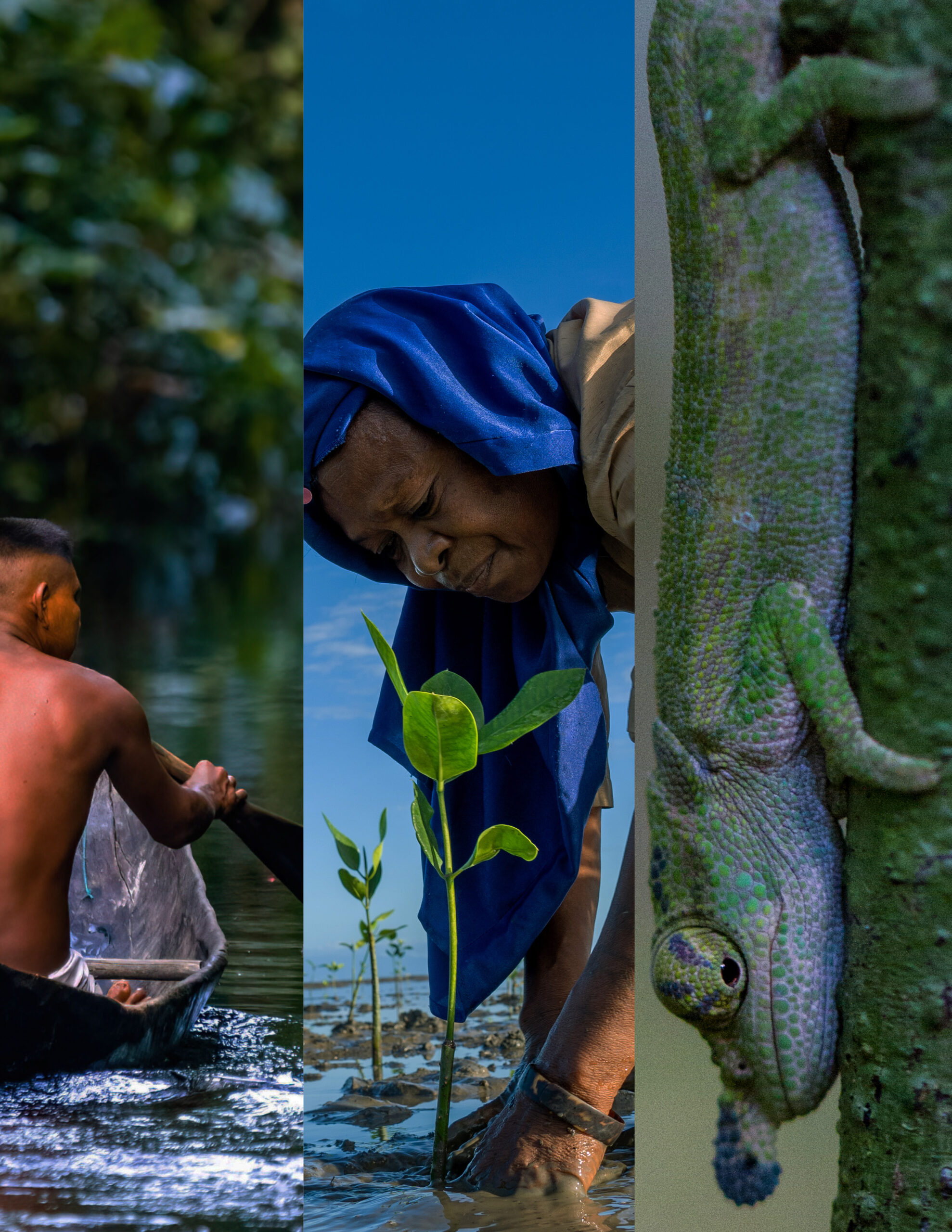As the United Nations biodiversity conference kicks off today in Cali, Colombia, a new report by Wetlands International has revealed that wetlands feature prominently in most of the new national nature plans submitted by countries ahead of COP16.
The report, titled Assessing the Inclusion of Wetlands in National Biodiversity Strategies and Action Plans (NBSAPs),
indicates that 83 percent of the submitted national biodiversity strategies explicitly mention the terms “wetlands,” “inland waters,” or “freshwater” in their targets.
Furthermore, 23 of the 24 NBSAPs submitted by October 8 included at least one example of wetlands in their national targets or indicators proposed to measure the delivery of these targets.
Speaking on the findings, Han de Groot, CEO of Wetlands International, noted the significance of these plans for wetland conservation efforts.
“Wetlands are home to 40 percent of the world’s biodiversity but are disappearing faster than any other ecosystem. It is vital that they be given due recognition in efforts to implement the Global Biodiversity Framework (GBF) at global and national levels,” he said.
The report also reveals a concerning shortfall in submissions, with only 12 percent, or 24 out of 196 parties to the Convention on Biological Diversity, having submitted their NBSAPs by October 8.
World leaders had committed to submitting these plans ahead of COP16 during COP15 in Montreal, Canada, two years ago.
Femke Tonneijck, Director of Programme Impact at Wetlands International, called for urgent action.
“Wetlands need to be high on the COP16 agenda and at the heart of countries’ plans for implementing the Global Biodiversity Framework.
We urge the 150+ countries still updating their NBSAPs to urgently release full and updated plans, including wetlands as comprehensively as possible, and provide the funds to deliver them,” she said.
The report highlights several key findings, including that explicit mentions of wetlands were made in a diverse range of 16 targets.
Wetlands were most frequently mentioned under Target 2 of the Kunming Global Biodiversity Framework (to restore 30 percent of degraded ecosystems by 2030), with 17 NBSAPs citing wetlands.
Wetlands were mentioned in 12 NBSAPs under Target 3, which aims to conserve at least 30 percent of Earth’s land, inland water, coastal, and marine areas by 2030.
Despite the positive mentions, the report found that few parties had integrated wetlands comprehensively across all targets and indicators.
Many countries used generic statements to cover all ecosystems, resulting in an underrepresentation of specific wetlands.
The most frequently mentioned wetland types were mangroves, rivers, lakes, coral reefs, marshes/ponds, and peatlands, but often only one type was highlighted under a target, leaving others unaddressed.
By Dare Akogun








